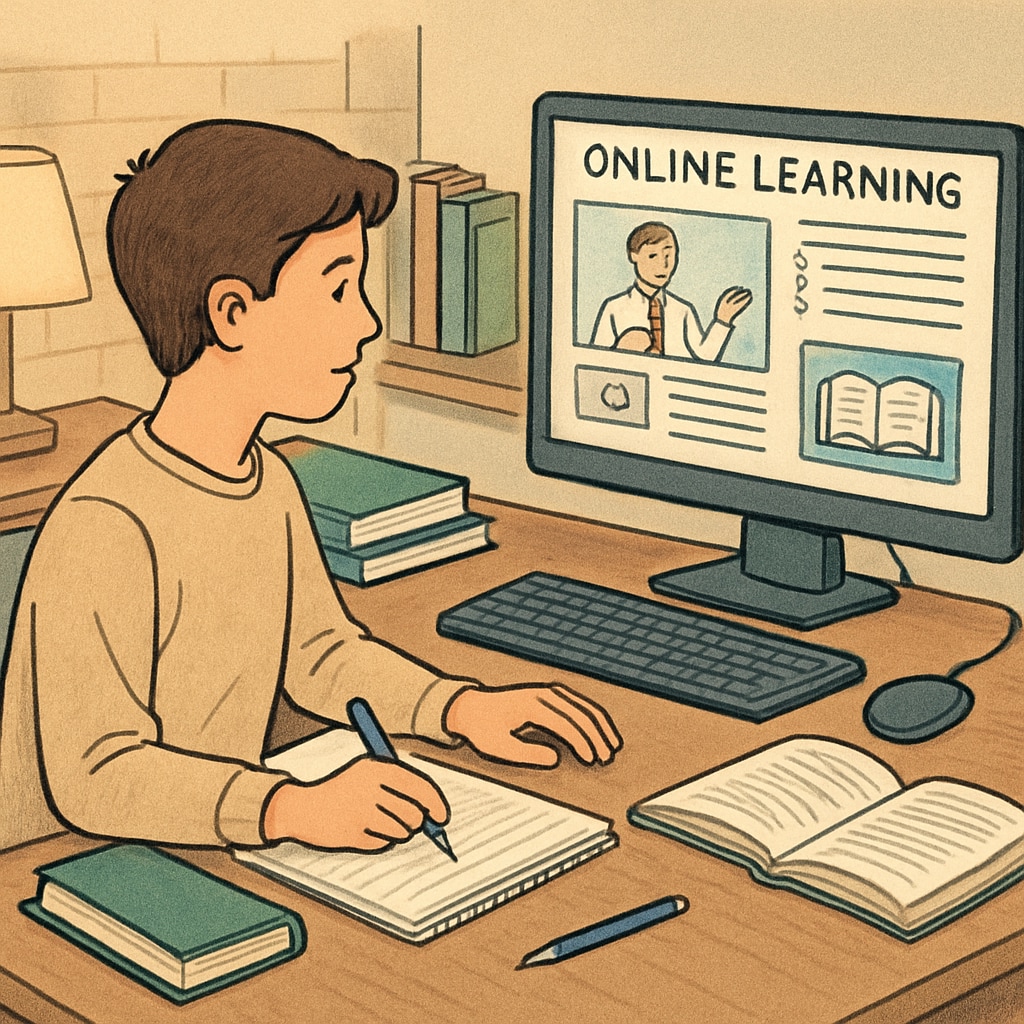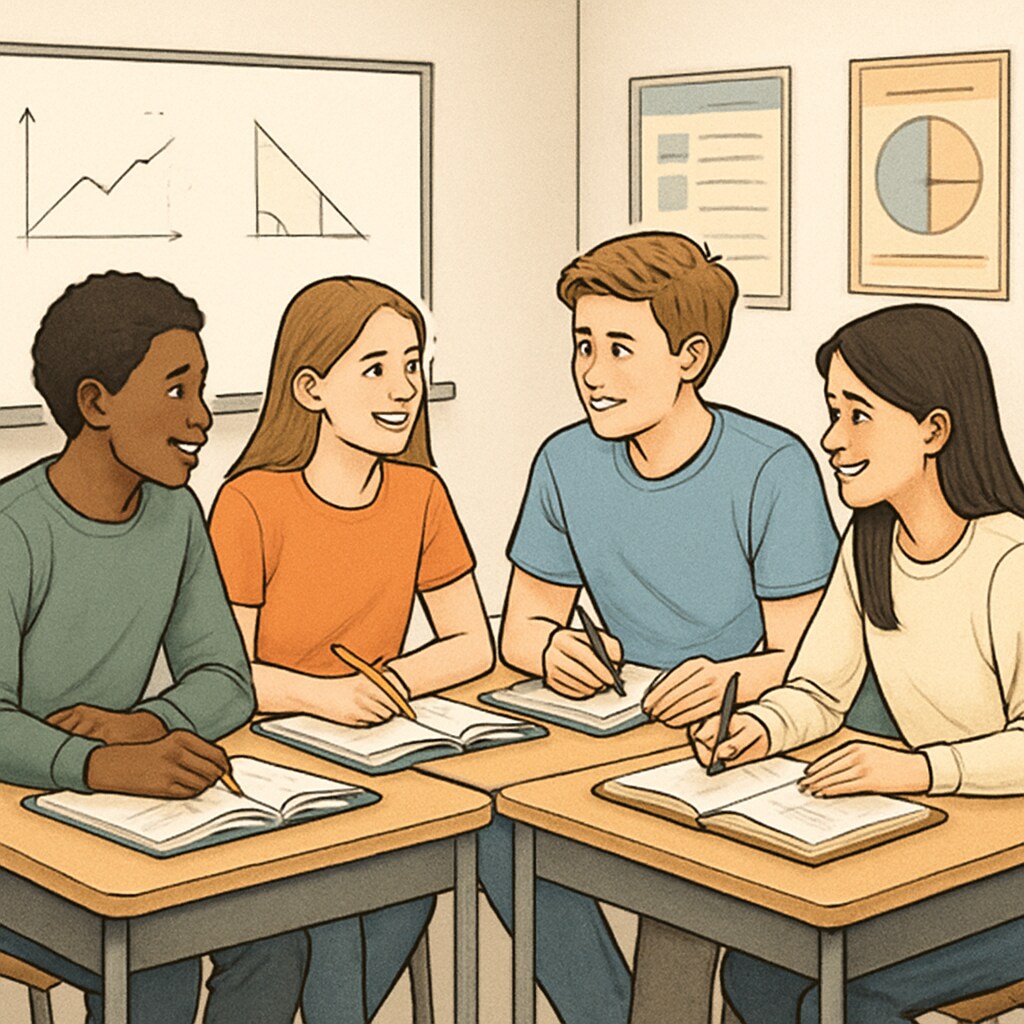High school students often face academic challenges that require additional support outside the classroom. To tackle these hurdles effectively, exploring supplemental learning resources is a crucial step. Whether it’s online platforms, offline institutions, free tools, or paid courses, students can find tailored solutions to fit their unique needs and goals. By understanding the variety of options available, students can enhance their education and pave the way for academic success.
Accessible Online Platforms for High School Students
Online platforms have revolutionized education by offering flexible and diverse learning opportunities. These resources range from free tutorials to comprehensive paid courses. Popular platforms such as Khan Academy and Coursera provide high-quality educational content across multiple subjects, including math, science, and humanities. Students can access interactive lessons, videos, and quizzes to strengthen their knowledge.
For those preparing for standardized tests like the SAT or ACT, platforms such as The Princeton Review offer specialized courses and practice materials. These tools are particularly effective for students aiming to boost their test scores and college readiness.

Offline Institutions and Local Programs
Offline institutions provide personalized learning environments that can complement classroom education. Local tutoring centers, study groups, and learning workshops are excellent choices for students who benefit from face-to-face interaction. These programs often focus on specific subjects or skills, such as advanced mathematics, writing workshops, or foreign languages.
Community organizations and libraries also offer free or low-cost educational resources, including seminars and reading programs. These settings foster collaboration and allow students to engage with peers and educators directly, enhancing their learning experience.

Free and Paid Resources: Weighing Your Options
Both free and paid resources have their benefits, and the choice often depends on a student’s budget and specific needs. Free resources, such as YouTube educational channels and open-access websites, are ideal for those seeking general knowledge without financial investment. However, paid courses typically offer in-depth material, structured learning paths, and access to experienced instructors, which can be worth the investment for students with targeted goals.
- Free Resources: YouTube channels like CrashCourse, open-access platforms like Khan Academy, and local library programs.
- Paid Resources: Premium courses on platforms like Udemy, private tutoring services, and specialized exam preparation programs.
By combining free and paid tools, students can create a balanced education plan that fits their academic and financial situation.
Strategies for Choosing the Right Resource
With so many options available, selecting the right resource can feel overwhelming. To simplify the process, students should begin by identifying their goals. Are they seeking help in a particular subject, preparing for exams, or developing new skills? Once goals are clear, students can research platforms, read reviews, and consult peers or teachers for recommendations.
Additionally, time management plays a critical role in maximizing the benefits of supplemental learning. Setting aside dedicated hours for self-study ensures consistent progress and prevents burnout. Students should also periodically evaluate their chosen resources to ensure they align with their evolving needs.
The Impact of Supplemental Learning on Academic Success
Supplemental learning resources empower students to take control of their education and achieve their full potential. By leveraging these tools, students can fill knowledge gaps, explore new interests, and build confidence in their abilities. Furthermore, self-directed learning fosters critical thinking and independence—skills that are invaluable for college and beyond.
Whether utilizing free materials or investing in premium courses, the key lies in thoughtful planning and dedication. With the right resources, high school students can transform challenges into opportunities and set themselves up for lifelong success.
Readability guidance: Use concise paragraphs and bullet points to summarize key ideas. Employ transition words like “however,” “therefore,” and “in addition” to enhance flow. Aim for clear and actionable advice throughout the article.


